If you’re looking for a simple, guaranteed way to lower your car insurance premium, a driver safety course is one of the best-kept secrets. For just a few hours of your time, most drivers can lock in a recurring discount between 5% and 20%. That can add up to hundreds of dollars in savings over just a few years.
It�s a smart, proactive move to chip away at your fixed expenses without having to switch providers.
How a Driving Course Unlocks Insurance Savings

Think of your insurance premium as a reflection of your risk level. When you voluntarily take a driver safety course, you�re sending a clear signal to your insurance company: “I’m a safe, responsible driver.”
In their eyes, you’re actively working to reduce the chances of an accident. Since insurance is all about managing risk, they’re more than happy to reward that commitment with a lower rate. You’ve just demonstrated you’re a better bet than the average person on the road.
The Financial Impact of a Safety Course
The savings are real and can be significant. Most defensive driving courses translate into premium discounts that fall somewhere between 5% to 20%. Looking at industry data from 2025, the average driver saved between $200 and $800 on their total premiums over the three-year period the discount is typically valid.
This financial break is especially helpful for a few key groups:
- Younger Drivers: Anyone under 25 is facing sky-high rates. This course is one of the fastest ways to bring those costs down.
- Senior Drivers: Many insurers have dedicated “mature driver” courses that come with some of the best discounts available.
- Drivers with a Blemish: If you have a minor ticket on your record, completing a course can sometimes help counteract the premium hike.
The concept is really straightforward: prove you�re a safer driver, and your insurer rewards you. It�s a win-win that puts money back in your pocket and encourages better habits on the road.
Of course, being a safe driver is about more than just your skills behind the wheel; it also means keeping your vehicle in top shape. Following a guide on essential car maintenance for safe driving ensures your car is as reliable as you are.
Ultimately, the question of does defensive driving class lower insurance has a clear and satisfying answer: absolutely.
Checking In With Your Insurance Provider
First things first: before you even think about signing up for a course, pick up the phone and call your insurance agent. This is the single most important step. Not all insurance companies offer a driver safety course insurance discount, and even when they do, the rules can be surprisingly picky. A quick call upfront can save you a ton of time and make sure you actually get the savings you’re looking for.
This isn’t just about getting a simple “yes” or “no.” You need to dig into the details. Think of it as a mini-interview to gather the intel you need to move forward.
The Right Questions to Ask Your Agent
Going into the call with a plan will make it quick, painless, and productive. Instead of a vague “Do you guys have a discount for a driving class?”, you’ll want to get specific. The goal is to understand the exact terms of their program.
Here�s a checklist of what you should nail down during the conversation:
- What�s the actual discount? Is it 5%, 10%, or another amount? Knowing the exact percentage lets you calculate how much money you�ll actually save.
- Which courses are approved? Most insurers have a specific list of schools they work with. If you take a course from a provider that’s not on their list, you get nothing.
- Are there any age requirements? Some discounts are geared specifically toward senior drivers (usually 55+) or young drivers (often under 25). Make sure you fit the bill.
- What does my driving record need to look like? Insurers typically require a clean driving record for the past 36 months�that means no at-fault accidents or serious violations.
Getting comfortable with the fine print is always a good idea. Knowing how to read an insurance policy can help you double-check that the discount details your agent gives you match what’s in your official contract.
Common Roadblocks to Eligibility
At the end of the day, insurance companies offer these discounts to reward safe drivers, so they’re pretty strict about who qualifies. The biggest hurdle is almost always your driving record. Recent tickets or an at-fault accident on your record could mean you have to wait until you�ve had a clean slate for a few years.
It�s a good idea to see where you stand before you even call. You can find out more about how to check your driving record to make sure there are no surprises.
Key Takeaway: The whole point of this call is to walk away with a crystal-clear picture. You need to know exactly which courses are accepted, how much you’ll save, and be 100% certain that you qualify before you spend a dime on a class.
Finding the Right Driver Safety Course for Your Needs
Alright, so you’ve gotten the green light from your insurance company. Great! Now comes the part where you actually pick a course. This is a bigger decision than you might think, because choosing a program that fits your life is the key to actually finishing it.
The main fork in the road is deciding between an online course and a traditional in-person classroom. There’s no single “best” answer here; it really boils down to what works for you. Do you need the freedom to learn at 10 PM after the kids are in bed, or do you thrive with the structure of a live instructor?
This decision tree can help you map out the first few steps to make sure you’re on the right track for that driver safety course insurance discount.
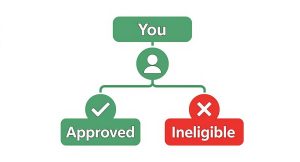
Think of it as a quick sanity check before you dive into comparing specific schools.
Comparing Online vs In-Person Driver Safety Courses
Let’s get into the nitty-gritty of online versus in-person courses. Each has its own set of pros and cons, and what�s a lifesaver for one person might be a deal-breaker for another. This side-by-side comparison should help you see which format is a better fit for your schedule, learning style, and budget.
| Feature | Online Course | In-Person Course |
|---|---|---|
| Flexibility | High. You can log in and learn 24/7, entirely at your own pace. | Low. You’re locked into a fixed schedule at a specific location. |
| Cost | Generally more affordable, often in the $20 – $50 range. | Typically costs more, usually between $50 – $150. |
| Interaction | Minimal. Your support is usually through email or a chat box. | High. You get direct feedback from the instructor and can ask questions in real-time. |
| Discipline | Requires a good amount of self-motivation to stay on task and finish. | The structured environment naturally keeps you on track. |
For a lot of people I talk to, the convenience of an online course is just too good to pass up. The ability to knock out a module during your lunch break is a huge plus. But if you know you’ll procrastinate without a set schedule, a classroom setting might be the smarter bet.
Verifying Course Legitimacy
Once you�ve settled on a format, there’s one last, crucial check you need to make: is the course provider legit? More specifically, is it approved by your state’s DMV? This is non-negotiable. Your insurance company will not accept a certificate from a school that isn’t officially recognized.
Before you pull out your credit card, take five minutes to cross-reference the school with your state’s list of approved providers. A quick search on your local DMV’s website is all it takes to avoid a major headache.
It’s also a good idea to skim recent student reviews. Look out for any red flags like hidden fees, a clunky website, or�the worst�problems getting the completion certificate. A reputable school will make it easy to see they’re approved. Many providers even have guides that list which states they’re certified in, like this resource for finding an approved online traffic school.
The proof that these courses work isn’t just anecdotal. Look at commercial trucking fleets�when they implement driver training, they often see their insurance premiums drop by 10% to 30%. Why? Because safer driving directly leads to fewer accidents. It’s a clear return on investment that applies just as much to your personal policy as it does to a big company.
Completing Your Course and Claiming Your Discount
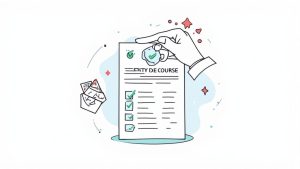
You’ve made it through the course�congratulations! That’s the hard part. But you’re not quite at the finish line until that discount actually shows up on your insurance premium.
Getting from a completed course to real savings involves a couple of simple but critical steps. It�s all about getting your proof in their hands and making sure they act on it.
Whether you were in a classroom or clicking through modules online, the goal was the same: pay attention and absorb the material. Hopefully, you picked up a few new defensive driving skills along the way, because those are just as valuable as the certificate you’re about to receive.
Securing and Submitting Your Certificate
After you’ve passed the final test, the course provider will issue a certificate of completion. This piece of paper (or, more likely, a PDF) is your golden ticket. Think of it as a coupon you need to cash in.
Don’t let it sit in your email inbox or on your desk. Most insurers have a time limit for submitting it to get the discount, so it’s best to act quickly.
You usually have a few ways to get it to them:
- Email: This is usually the fastest route. Just attach a clear photo or scan of the certificate and send it directly to your agent or the company’s main customer service address.
- Online Portal: Many insurers have an online dashboard where you can upload documents right into your account. Look for a “documents” or “discounts” section.
- Mail: Old school, but it works. If you mail a physical copy, I always recommend sending it with tracking so you have proof it arrived.
If you�re not sure what to write in your email, keep it short and sweet.
Simple Email You Can Use:
Subject: Driver Safety Course Certificate for [Your Name] – Policy #[Your Policy Number]Hi [Agent’s Name or Insurance Company Name],
I�ve finished the approved driver safety course and have attached my certificate of completion.
Can you please confirm you’ve received this and let me know when the discount will be applied to my policy?
Thanks,
[Your Name]
[Your Phone Number]
This little template gets straight to the point, gives them everything they need, and asks for confirmation.
The Critical Follow-Up Step
Here’s a tip from experience: don’t just send the certificate and assume the discount will magically appear. This is where a lot of people drop the ball. You have to follow up.
After you send the certificate, give it about a week. Then, make a quick call or send another email to your agent. Just a simple, “Hey, just wanted to make sure you got my course certificate and that the discount is being processed.”
Then, be sure to check your next insurance statement. The driver safety course insurance discount should be listed clearly as its own line item. If it’s not there, call them right away. It’s usually just an honest mistake, and a polite reminder is all it takes to get it sorted out. Having a good grasp of what an insurance discount for driver’s ed involves can also help you have a more informed conversation with your agent.
The Future of Safe Driving Discounts
Taking a driver safety course is a smart, time-tested way to lower your insurance bill. But it�s not the only game in town anymore. The world of auto insurance is starting to look a lot different, with a big shift toward rewarding you for what you do every single day, not just for a course you took once.
This new direction is all about usage-based insurance (UBI), often powered by something called telematics. Instead of relying on a certificate that expires every few years, these programs use real-time data from your car or phone to see how you actually drive.
How Telematics is Changing the Game
Think of it this way: what if your insurance premium was a direct reflection of your real-world driving habits? That�s the promise of telematics. Your insurer might send you a small device to plug into your car or ask you to download an app on your smartphone.
These little gadgets keep an eye on a few key behaviors that are closely linked to risk:
- Hard Braking: Slamming on the brakes often can suggest you’re following other cars too closely.
- Rapid Acceleration: Flooring it from a green light is typically seen as a more aggressive (and less fuel-efficient) driving style.
- Speeding: The technology can tell if you’re consistently going over the speed limit.
- Time of Day: Let’s be honest, driving late on a Saturday night is statistically riskier than a Tuesday morning commute, and some programs take that into account.
This data gives your insurer a far more accurate picture of your personal risk level than old-school factors like your zip code or age. If you prove you’re a consistently safe driver, you get a better rate. Simple as that.
We’re moving from a model that rewards a single action�like completing a course�to one that rewards a continuous habit of being a safe driver. It�s like an ongoing conversation with your insurer where your good driving does all the talking.
The Science Behind Incentive-Based Insurance
This isn’t just a marketing gimmick; it’s a proven approach to making our roads safer. In-vehicle telematics are changing the fundamental link between how we drive and what we pay. When you get direct, immediate feedback on your driving habits, it’s a powerful nudge to correct risky behaviors.
By tying this data directly to your premium, insurers create a strong financial reason to keep improving. Research shows this model works, leading to real, long-term changes in driver behavior and a drop in claims for both injuries and vehicle damage. You can read more about how telematics influences driver behavior in studies from the National Institutes of Health.
So while a driver safety course insurance discount is still an excellent and valuable tool, it’s worth knowing where the industry is headed. The way you handle your daily commute could soon be the number one factor in proving you deserve the best rate possible.
A Few Lingering Questions
As you get ready to sign up for a course and lock in those savings, you might have a few last-minute questions pop into your head. That’s totally normal. It�s smart to get all the details straight before you commit your time and money.
Let’s walk through some of the most common things people ask about the driver safety course insurance discount so you can move forward feeling confident.
How Long Does the Insurance Discount Actually Last?
This is a big one�the discount isn’t a “one and done” deal. For most insurance carriers, you can expect the discount to stay on your policy for two to three years.
Once that time is up, you’ll have to take another approved course to keep the savings going. Think of it as a benefit you get to renew every few years. I always tell people to set a calendar reminder for about six months before their discount is scheduled to end. That way, you have plenty of time to find and finish a new course without a gap in your savings.
I Took a Course to Get a Ticket Dismissed. Can I Still Get a Discount?
This is the classic “it depends” scenario, and the answer comes down to your specific insurance company’s rules. Some insurers are perfectly fine with giving you a discount for a course you took to get a ticket dismissed.
On the other hand, many will say no. From their perspective, the discount is a reward for voluntarily taking the initiative to become a better driver, not for doing something a court told you to do.
My Advice: Never, ever assume a court-ordered course will count for a premium reduction. The only way to know for sure is to call your insurance agent and ask them point-blank. Getting a clear answer upfront will save you a lot of frustration later.
Do Insurance Companies Even Accept Online Driver Safety Courses?
Absolutely. In fact, online courses have become the go-to option for most people because of the convenience. The real question isn’t whether the course is online or in a classroom, but whether it�s approved by your insurer.
Before you sign up for any online program, you need to confirm two things:
- Is the course officially certified by your state’s DMV (or equivalent agency)?
- Does your insurance company recognize that specific provider?
Honestly, the easiest way to handle this is to just ask your agent for their list of pre-approved online schools. It takes all the guesswork out of the equation and guarantees the certificate you earn will be accepted without a hitch.
Does Everyone on My Policy Have to Take the Course?
Nope. The discount is typically applied per driver. This means the premium reduction is tied only to the specific person who completes the course.
If you have more than one person on your policy, like a spouse or a teenager, only the part of the premium that applies to the certified driver will go down. But look at it this way�that�s a great opportunity. If multiple drivers in your household take an approved course, you can often stack the discounts. This can lead to some pretty hefty savings on your family’s total bill, making it a smart move for everyone.
At BDISchool, we offer Florida’s state-approved Basic Driver Improvement Course, fully online and built for your schedule. Whether you’re chasing that insurance discount, dealing with a ticket, or just want to brush up on your skills, our easy-to-follow course is your answer. Enroll today to become a safer driver and start saving. Learn more at https://bdischool.com.

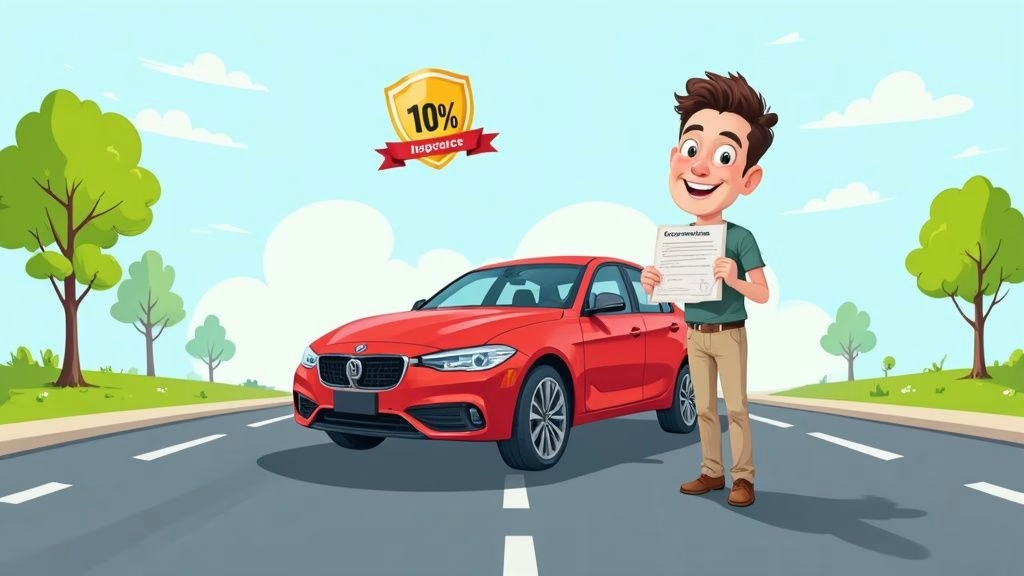
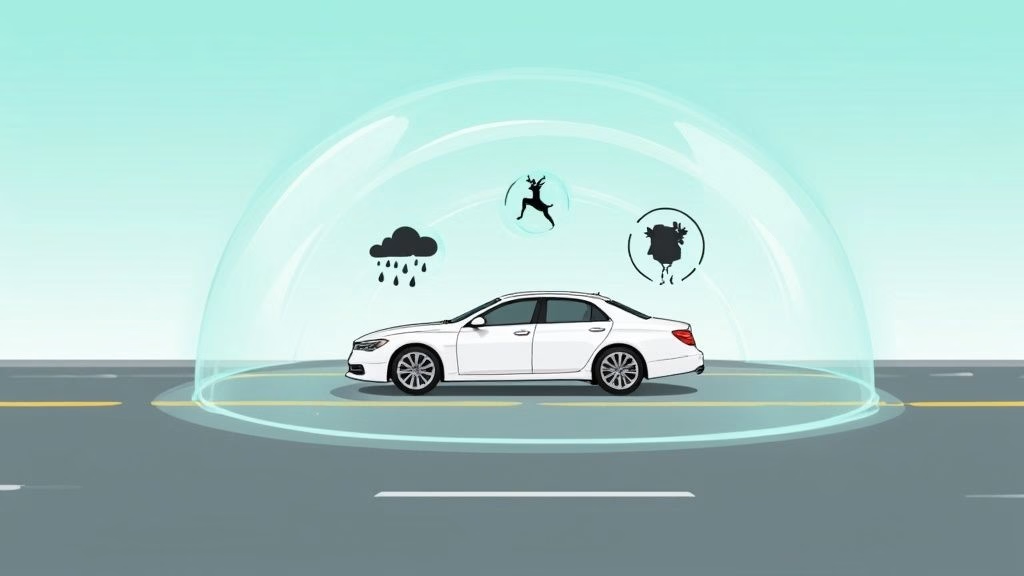



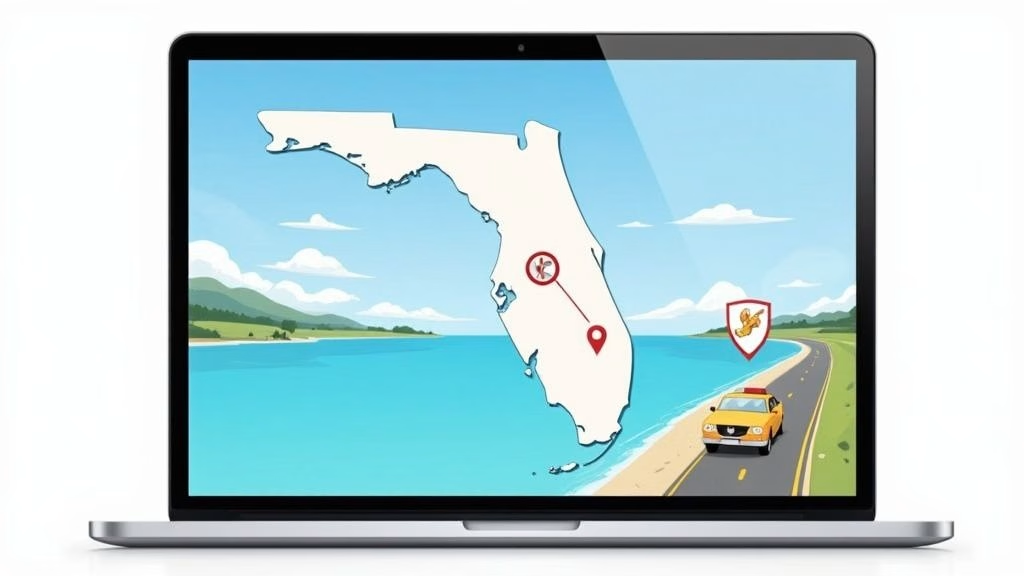
![The Best Online Traffic Schools in Florida [2025]](https://floridanewdriver.com/wp-content/uploads/emplibot/online-traffic-school-florida-hero-1765422499.avif)